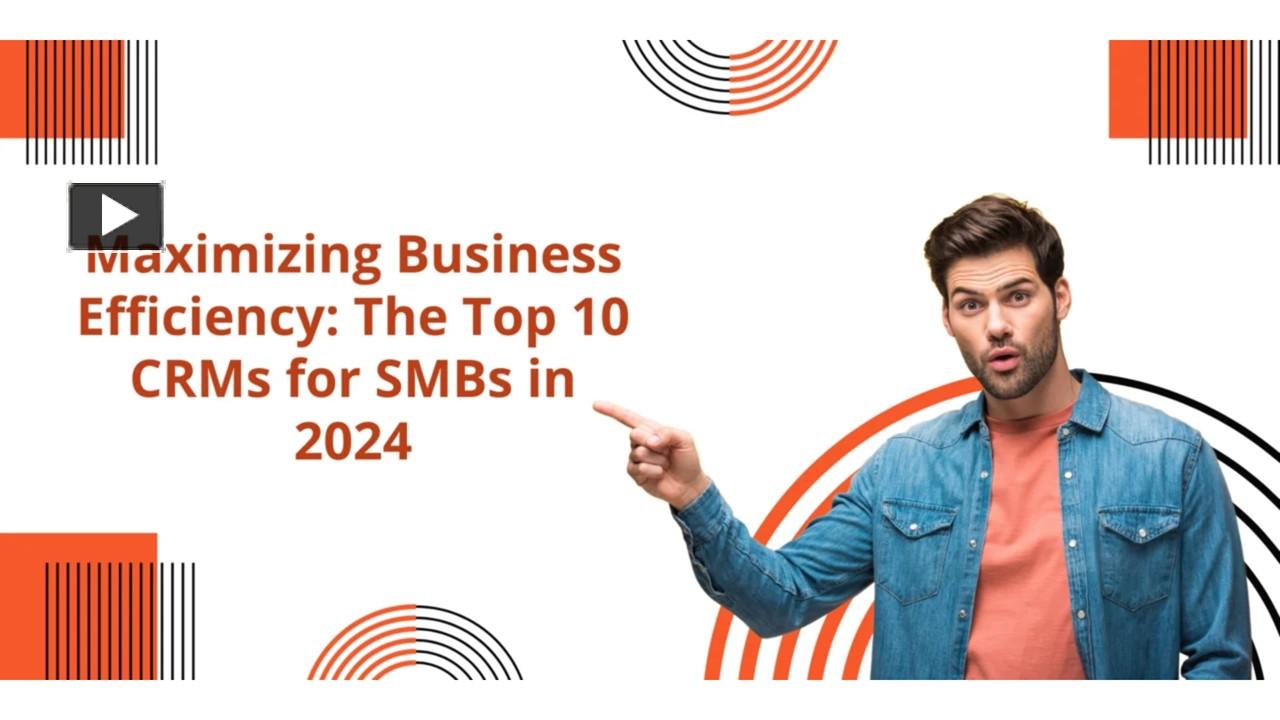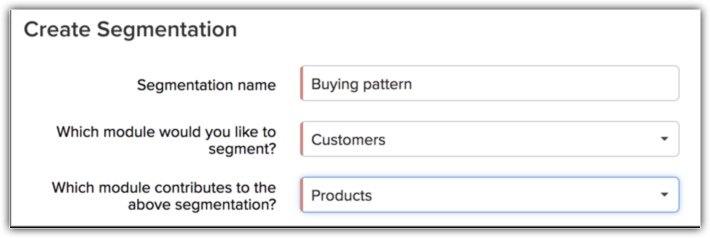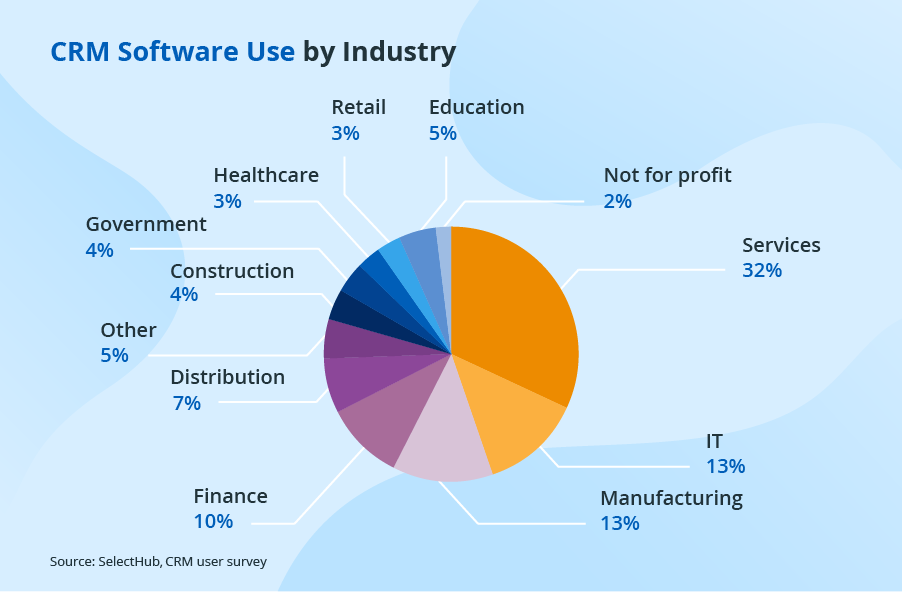Boosting Conversions: The Ultimate Guide to CRM Marketing Landing Pages
In the ever-evolving landscape of digital marketing, staying ahead of the curve is crucial. Businesses are constantly seeking innovative strategies to capture leads, nurture relationships, and ultimately, drive conversions. One powerful tool that has emerged as a cornerstone of successful marketing efforts is the CRM marketing landing page. This comprehensive guide delves deep into the world of CRM marketing landing pages, providing you with the knowledge and insights needed to create high-converting pages that resonate with your target audience.
What is a CRM Marketing Landing Page?
Before we dive into the nitty-gritty, let’s establish a clear understanding of what a CRM marketing landing page is. In essence, it’s a standalone web page, specifically designed to achieve a singular objective, typically related to marketing campaigns. Unlike a standard website page, a landing page focuses on a specific call-to-action (CTA), such as filling out a form, downloading a resource, or making a purchase. CRM (Customer Relationship Management) integration adds another layer of sophistication, allowing you to personalize the landing page experience based on data stored within your CRM system.
Think of it like this: You’re sending a personalized email campaign, and when your recipients click on a link, they’re directed to a landing page tailored just for them, reflecting their individual interests and needs. This level of personalization significantly increases the likelihood of conversion. The CRM integration lets you segment your audience, track their behavior, and measure the effectiveness of your campaigns more accurately.
The Power of CRM Integration
The true power of a CRM marketing landing page lies in its integration with your CRM system. This integration unlocks a wealth of benefits that can dramatically improve your marketing ROI:
- Personalization: CRM data allows you to personalize the content, offers, and imagery on your landing pages, creating a more relevant and engaging experience for each visitor.
- Segmentation: Grouping your audience based on demographics, behavior, and preferences enables you to create highly targeted landing pages that resonate with specific segments.
- Lead Scoring: CRM systems often include lead scoring capabilities. This allows you to prioritize leads based on their engagement with your landing pages and other marketing materials.
- Automated Workflows: Trigger automated actions based on user behavior on your landing pages. For example, you can automatically send follow-up emails to those who download a resource.
- Improved Reporting and Analytics: Track the performance of your landing pages in real-time and gain valuable insights into the effectiveness of your campaigns.
Key Elements of a High-Converting CRM Marketing Landing Page
Creating a landing page that converts requires careful attention to detail. Here are the essential elements of a high-converting CRM marketing landing page:
1. Compelling Headline
Your headline is the first thing visitors will see, so it needs to grab their attention immediately. It should clearly communicate the value proposition of your offer and entice visitors to learn more. Use strong verbs, relevant keywords, and a sense of urgency to make your headline stand out. Consider A/B testing different headlines to see which ones perform best.
2. Engaging Subheadline
The subheadline provides additional context and expands on the promise made in the headline. It should further explain the benefits of your offer and address any potential concerns your audience might have. Keep it concise and easy to read.
3. Benefit-Driven Copy
Focus on the benefits of your offer, not just the features. Tell your audience how your product or service will solve their problems and improve their lives. Use clear, concise language and avoid industry jargon. Highlight the value you provide and how it addresses their needs.
4. High-Quality Imagery and Video
Visuals are crucial for capturing attention and conveying your message. Use high-quality images and videos that are relevant to your offer. Consider using videos to explain complex concepts or showcase your product in action. Ensure your visuals are optimized for fast loading times.
5. Clear and Concise Call-to-Action (CTA)
Your CTA is the most important element of your landing page. It tells visitors what you want them to do. Make your CTA clear, concise, and prominent. Use action-oriented language, such as “Download Now,” “Get Started,” or “Request a Demo.” Place your CTA in a prominent location and make it visually distinct from the rest of the page.
6. Form Optimization
If your landing page includes a form, make sure it’s optimized for conversions. Only ask for the information you absolutely need. Keep the form fields to a minimum. Use clear labels and provide helpful instructions. Consider using progressive profiling to gather more information about your leads over time.
7. Social Proof
Build trust and credibility by including social proof on your landing page. This can include testimonials, customer reviews, case studies, and logos of well-known clients. Social proof reassures visitors that your offer is legitimate and that others have benefited from it.
8. Mobile Optimization
With the increasing use of mobile devices, it’s crucial that your landing pages are mobile-friendly. Ensure your pages are responsive and display correctly on all devices. Test your pages on different devices to ensure a seamless user experience.
9. A/B Testing
A/B testing is essential for optimizing your landing pages. Test different headlines, copy, CTAs, images, and form fields to see what resonates best with your audience. Analyze the results and make data-driven decisions to improve your conversion rates. Continuously experiment and refine your pages based on the data you collect.
10. Thank You Page
After a visitor completes your desired action, redirect them to a thank-you page. This page should confirm their action, provide additional information, and set expectations for what happens next. It’s also an opportunity to include a secondary CTA, such as a link to your website or social media profiles.
Integrating Your CRM with Your Landing Pages
The true magic of CRM marketing landing pages comes from seamlessly integrating them with your CRM system. Here’s how to make it happen:
1. Choose the Right CRM and Landing Page Platform
Select a CRM system that aligns with your business needs and a landing page platform that integrates well with your chosen CRM. Many CRM systems offer built-in landing page builders, while others integrate with third-party landing page platforms. Research your options carefully and choose the tools that best fit your requirements.
2. Connect Your CRM and Landing Page Platform
Follow the instructions provided by your CRM and landing page platforms to connect them. This typically involves setting up API keys or using pre-built integrations. Ensure that data is syncing correctly between the two systems.
3. Segment Your Audience in Your CRM
Use the data in your CRM to segment your audience based on demographics, behavior, and preferences. This will allow you to create highly targeted landing pages that resonate with specific segments. The more granular your segmentation, the better the results you’ll achieve.
4. Personalize Your Landing Pages
Leverage CRM data to personalize the content, offers, and imagery on your landing pages. For example, you can dynamically display a visitor’s name, company, or past purchase history. Personalization makes your landing pages more relevant and engaging, increasing the likelihood of conversion.
5. Track and Analyze Results
Monitor the performance of your landing pages in real-time. Track key metrics, such as conversion rates, lead generation, and ROI. Use this data to refine your campaigns and optimize your landing pages for maximum impact. Leverage the reporting and analytics features of your CRM and landing page platforms.
Best Practices for CRM Marketing Landing Pages
To ensure your CRM marketing landing pages perform at their best, keep these best practices in mind:
- Keep it Simple: Avoid clutter and distractions. Focus on a single, clear call-to-action.
- Match Your Messaging: Ensure your landing page messaging aligns with the messaging in your marketing campaigns.
- Optimize for Speed: Ensure your landing pages load quickly. Slow loading times can significantly impact conversion rates.
- Test Regularly: Continuously test different elements of your landing pages to identify what works best.
- Monitor Your Data: Regularly review your data and make adjustments based on your findings.
- Focus on the User Experience: Make your landing pages easy to navigate and use. Provide a seamless and enjoyable experience for your visitors.
- Stay Consistent with Branding: Maintain consistent branding across all your marketing materials, including your landing pages.
- Use Strong Headlines: Your headline is your first impression. Make it count!
- Make it Mobile-Friendly: Ensure your landing pages are responsive and look great on all devices.
- Ensure Compliance: Comply with all relevant privacy regulations, such as GDPR and CCPA.
Examples of Effective CRM Marketing Landing Pages
Let’s look at a few examples to inspire you:
1. Software Demo Landing Page
This type of landing page is common for software companies. It offers a free demo of the software to potential customers. The page typically includes a headline that highlights the software’s key benefits, a brief overview of the features, and a form to request a demo. CRM integration allows the company to personalize the demo experience based on the visitor’s industry, company size, or other relevant data.
2. Ebook Download Landing Page
This landing page offers a free ebook in exchange for the visitor’s contact information. The page includes a compelling headline, a description of the ebook’s contents, and a form to download the ebook. CRM integration allows the company to track which ebooks a lead has downloaded and tailor future marketing efforts accordingly.
3. Webinar Registration Landing Page
This landing page promotes an upcoming webinar. It includes a headline that highlights the webinar’s topic, a description of the webinar’s content, and a form to register. CRM integration allows the company to segment registrants based on their interests and send targeted follow-up emails after the webinar.
4. Free Trial Sign-Up Landing Page
For SaaS businesses, this landing page focuses on encouraging visitors to sign up for a free trial. It highlights the value of the service, often with a list of features and benefits. The form collects the necessary information for trial access. CRM integration is crucial here for tracking trial usage, managing user onboarding, and ultimately converting trials into paying customers.
Common Mistakes to Avoid
While creating compelling landing pages is crucial, knowing what to avoid can be just as important. Here are some common pitfalls to steer clear of:
- Too Much Information: Overwhelming visitors with excessive text and details can be detrimental. Focus on key benefits and keep your messaging concise.
- Poor Design: A cluttered, unattractive design can drive visitors away. Ensure a clean, visually appealing layout.
- Lack of Mobile Optimization: Neglecting mobile users is a major mistake. Ensure your landing pages are responsive and user-friendly on all devices.
- Slow Loading Times: Slow loading pages lead to frustration and lost conversions. Optimize images and code for speed.
- Ignoring A/B Testing: Failing to test different elements of your landing pages means you’re missing opportunities for optimization.
- Not Focusing on the User Experience: A poor user experience can ruin your chances of conversion. Prioritize ease of navigation and a smooth process.
- Generic Content: Using generic, uninspired content won’t resonate with your audience. Personalize your messaging and make it relevant.
- Weak CTAs: A weak or unclear call-to-action won’t drive conversions. Make sure your CTA is compelling and easy to find.
- Lack of Social Proof: Without social proof, visitors may be hesitant to trust your offer. Include testimonials, reviews, or other forms of social validation.
- Not Following Up: Failing to follow up with leads after they’ve engaged with your landing page is a missed opportunity. Automate follow-up emails to nurture leads and drive conversions.
Measuring the Success of Your CRM Marketing Landing Pages
Tracking the performance of your landing pages is essential to understanding their effectiveness. Here are some key metrics to monitor:
- Conversion Rate: The percentage of visitors who complete your desired action (e.g., filling out a form, making a purchase).
- Click-Through Rate (CTR): The percentage of visitors who click on a specific link or button on your landing page.
- Bounce Rate: The percentage of visitors who leave your landing page without taking any action.
- Lead Generation: The number of new leads generated by your landing page.
- Cost Per Acquisition (CPA): The cost of acquiring a new customer or lead through your landing page.
- Return on Investment (ROI): The overall profitability of your landing page campaigns.
- Time on Page: How long visitors spend on your landing page, indicating engagement.
By tracking these metrics, you can identify areas for improvement and optimize your landing pages for maximum impact. Your CRM system, along with your landing page platform, will provide the data you need to make informed decisions.
The Future of CRM Marketing Landing Pages
As technology continues to evolve, so will the landscape of CRM marketing landing pages. Here are some trends to watch:
- Hyper-Personalization: Leveraging advanced data analytics and AI to create even more personalized experiences.
- Interactive Content: Incorporating quizzes, calculators, and other interactive elements to engage visitors.
- Voice Search Optimization: Optimizing landing pages for voice search to cater to the growing use of voice assistants.
- Video Marketing: Using video to capture attention and convey your message effectively.
- AI-Powered Landing Page Optimization: Using AI to automate A/B testing and optimize landing pages in real-time.
Staying informed about these trends will help you create landing pages that are not only effective today but also future-proofed for tomorrow.
Conclusion
CRM marketing landing pages are a powerful tool for driving conversions and achieving your marketing goals. By understanding the key elements of a high-converting landing page, integrating it with your CRM system, and continuously optimizing your pages, you can create a marketing engine that generates leads, nurtures relationships, and drives revenue. Embrace the power of personalization, segmentation, and data-driven decision-making to maximize your results. The future of marketing is here, and CRM marketing landing pages are at the forefront.


